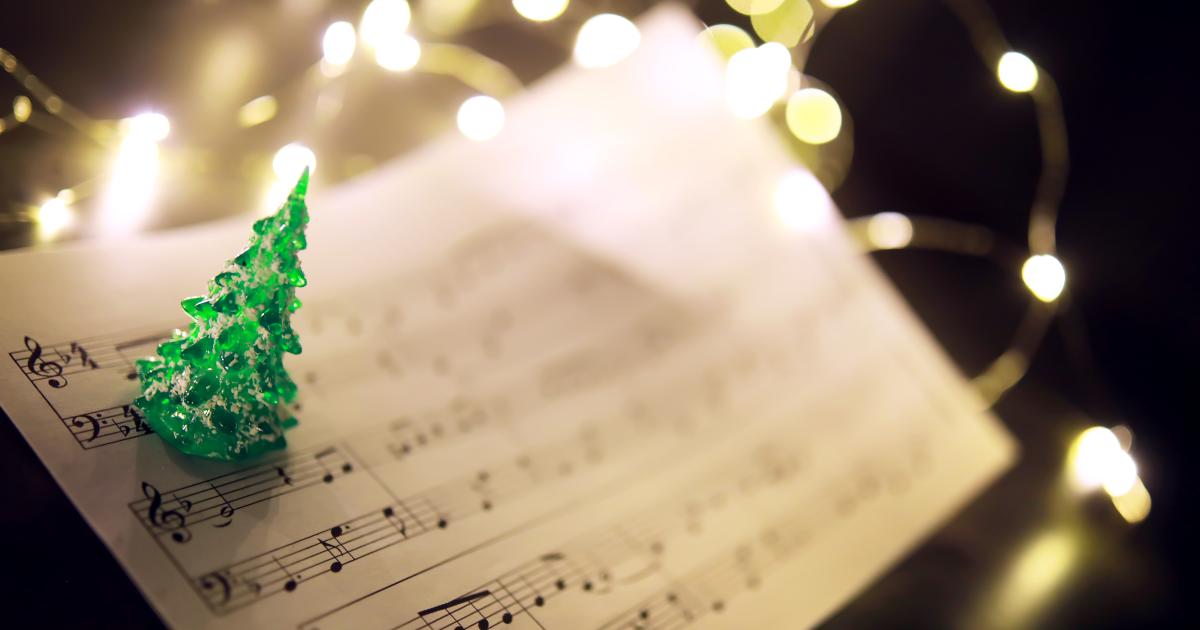
Historia Polskich Kolęd i Pastorałek
Najstarsze polskie kolędy pochodzą z XVI wieku, a ich teksty wyrażają prostą, ludową wiarę, miłość do tradycji oraz głębokie uczucia religijne. Kolędy, od łacińskiego słowa calendae, były na początku pieśniami pochwalnymi, które śpiewano w związku z ważnymi wydarzeniami, niekoniecznie związanymi z Bożym Narodzeniem. Z czasem nabrały charakteru religijnego, opowiadając o narodzinach Jezusa i podkreślając ich symboliczne znaczenie.
Do najstarszych zapisanych kolęd zalicza się utwory takie jak “Anioł pasterzom mówił” czy “Z narodzenia Pana”. Powstawały w różnych epokach, często inspirowane kulturą ludową, a ich prosty, a zarazem głęboki przekaz przemawiał do serc ludzi niezależnie od ich pochodzenia. W czasach rozbiorów oraz wojen kolędy pełniły rolę nie tylko religijną, lecz także narodową, będąc wyrazem pocieszenia i podtrzymywania narodowego ducha. Przykładem może być “Bóg się rodzi”, która - uważana za polski hymn bożonarodzeniowy - wyraża siłę i nadzieję.
Kolędy są nieodłącznym elementem Wigilii i całego okresu Bożego Narodzenia. W wielu domach, zaraz po wieczerzy wigilijnej, rodziny zasiadają przy choince, aby wspólnie śpiewać kolędy. Zwyczaj ten ma znaczenie nie tylko religijne, ale także buduje rodzinne więzi, przypominając o wspólnotowym wymiarze świąt. Śpiewanie kolęd symbolizuje radość z narodzin Jezusa i stwarza ciepłą, serdeczną atmosferę w gronie najbliższych.
Polska tradycja kolędowa jest wyjątkowo bogata i różnorodna. Do najpopularniejszych kolęd, które towarzyszą świątecznemu czasowi, należą:
- “Bóg się rodzi” - uznawana za najpiękniejszą polską kolędę, której słowa napisał Franciszek Karpiński. Tekst głosi narodziny Boga i jego zwycięstwo nad ciemnością, wzywając do wspólnego dziękczynienia.
- “Lulajże Jezuniu” - piękna, kołysankowa kolęda, która często śpiewana jest w momentach ciszy i refleksji. Jej melodia ma wyciszać i uspokajać, a słowa nawiązują do matczynej miłości Maryi.
- “Przybieżeli do Betlejem” - radosna pastorałka opowiadająca o pasterzach, którzy spieszą się, by powitać narodzonego Jezusa. Jej lekki i pogodny charakter sprawia, że jest bardzo lubiana przez dzieci.
- “Wśród nocnej ciszy” - kolejna refleksyjna kolęda, śpiewana często na początku Pasterki, która głosi narodziny Chrystusa i wywołuje uczucie ciepła i zadumy.
- “Cicha noc” - mimo że pochodzi z Austrii, jest bardzo popularna w Polsce. Jej spokojna melodia i wzruszający tekst sprawiają, że jest śpiewana na całym świecie, wyrażając pokój i nadzieję.
Pastorałki - Ludowe Pieśni Bożonarodzeniowe
W odróżnieniu od kolęd, pastorałki to pieśni, które mają bardziej ludowy, lekki i czasem humorystyczny charakter. Opowiadają historie związane z narodzinami Jezusa, ale skupiają się na scenach wiejskich, pasterzach i codziennych obrazach z życia zwykłych ludzi. Dzięki temu pastorałki są żywe, barwne i pełne emocji. Przykładem może być “Pastuszkowie, hej!”, opowiadająca o pasterzach, którzy z entuzjazmem idą powitać Dzieciątko. Pastorałki często nawiązują do przyrody i prostego życia, oddając klimat polskiej wsi.
Pierwsze profesjonalne nagrania polskich kolęd i pastorałek pochodzą z początku XX wieku, kiedy to technologia pozwoliła na rejestrowanie śpiewu na płytach winylowych. W okresie międzywojennym znane chóry i zespoły zaczęły nagrywać kolędy, które następnie były odtwarzane w domach Polaków, wprowadzając w świąteczny nastrój. Najstarsze znane nagrania polskich kolęd zostały dokonane przez chór “Halka” i “Lira” w latach 30. XX wieku. Z czasem nagrania te stały się popularne w polskich domach, a po II wojnie światowej wznowiono wydania płyt z kolędami, przyczyniając się do ich dalszego rozpowszechniania.
Obecnie kolędy i pastorałki nagrywają popularni polscy artyści, co sprawia, że tradycja pozostaje żywa, a kolędy cieszą się niesłabnącą popularnością wśród kolejnych pokoleń. Współczesne aranżacje kolęd wprowadzają nowe elementy, jednak ich duch pozostaje ten sam - przepełniony radością z narodzin Zbawiciela oraz z uczucia wspólnoty, które towarzyszy Polakom przy świątecznym stole i w kościołach.







